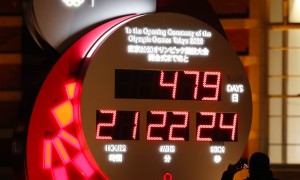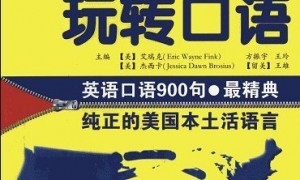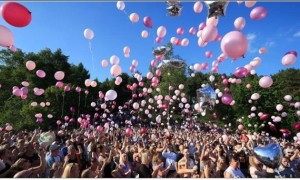中国第一堂“太空课”于周四上午10:51结束。宇航员将继续留在天宫一号进行太空科学技术的研究。
11:08am
China's first "space class" ended at about 10:51 am Thursday. The astronauts will continue to stay in the Tiangong-1 orbiter to conduct space science and technology experiments.
In the interactive exchanges with students back on the Earth, Chinese astronauts aboard the Tiangong-1 orbiter also answered questions related to water use in spacecraft, space debris protection measures, ways to deal with gravity-free environment as well as space views.
10:48am
Wang Yaping makes a water film with a water bag and a metal ring. She explains to students that the surface tension of water magnifies in space due to zero gravity. Then she makes the second water film and pours water onto it. The water film turns into a water ball.
10:38am
Wang Yaping shows a small ball tied with a string to a holder fixed on a metal plate. She lets the ball go and the ball suspends. Then she pushes the ball gently and the ball moves in a circular motion.
Wang Yaping pushes a static gyro and a moving gyro respectively to change the way they move.
A special lecture began Thursday morning, given by a teacher aboard a space module about 340 km above her students on Earth, the first such attempt by Chinese.
Female astronaut Wang Yaping, one of the three crew members of Shenzhou-10 spacecraft, greeted about 330 primary and middle school students at a Beijing high school, through a live video feed system.
"Hello, everyone. I am Wang Yaping. I will host the lecture today," she said, smiling towards the camera, on board of the space module Tiangong-1.
Wang and her crew members set off to the space aboard the Shenzhou-10 spacecraft on June 11 and the spacecraft docked with the Tiangong-1 on June 13.
The students on her class included children from migrant workers' families, of ethnic minorities and from Hong Kong, Macao and Taiwan. They are gathering at the High School Affiliated to Renmin University in Beijing.
"I have been very excited since I learned that I could come to this class," said Luo Jiangyuan, in his first year of high school, who planned to study science in college.
"When I learned about those laws of physics and weightless condition at classes before, I needed to imagine what would happen. But, at today's class, I am able to see what really happens. It is thrilling," he said.
More than 60 million students and teachers at about 80,000 middle schools across the country are also watching the live broadcast on TV.
The first section of the class was all about weight.
Nie Haisheng, commander of the crew, made a bit show of crossing his legs into a meditation sitting posture in the air, which only a martial art master can do in the movies but is impossible for real people on the Earth.
"Thanks to the weightless condition, we are all masters," Wang joked.
Ms Wang raised the first question to her students about how the astronauts measure their weight in the weightless orbiter, and showed them how normal scales, working under the influence of gravity, did not work inside the orbiter.
Then, she introduced the special scale on board of the orbiter, which was designed on basis of the Newton's second law of motion, or measuring the mass of an object through the net force and the acceleration.
Born in east China's Shandong Province, the hometown of China's most famous educationist Confucius (551-479 BC), the 33-year-old Wang is the second Chinese female astronaut after Liu Yang, who entered the record books in the Shenzhou-9 mission in June last year.
The world's first teacher in space was Christa McAuliffe, a 37-year-old middle school teacher from the United States, but the Space Shuttle Challenger she was aboard disintegrated after 73 seconds in flight on January 28, 1986. McAuliffe and her other six crewmates were killed.
Barbara Morgan, McAuliffe's backup in that mission who became an astronaut later, completed the teaching lesson in space in 2007, when she was sent to the International Space Station with Space Shuttle Endeavor. Via a video feed, she showed students how to exercise and drink water in space.
The lesson is aimed at making space more popular, as well as inspiring enthusiasm for the universe and science, according to Zhou Jianping, designer-in-chief of China's manned space program, who added that the lesson will also accumulate experience for similar larger activities.
"The spirit of science of the youth is an important drive for the progress of mankind," said Zhou. "Space activities can help them build up the spirit of seeking science and facing challenges."







